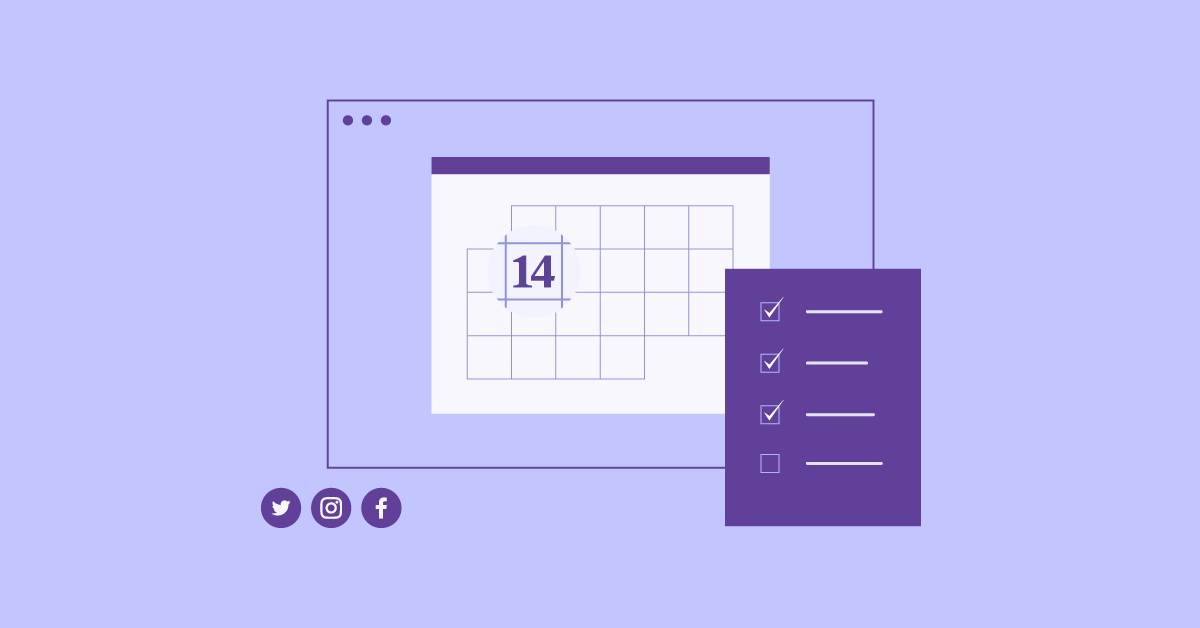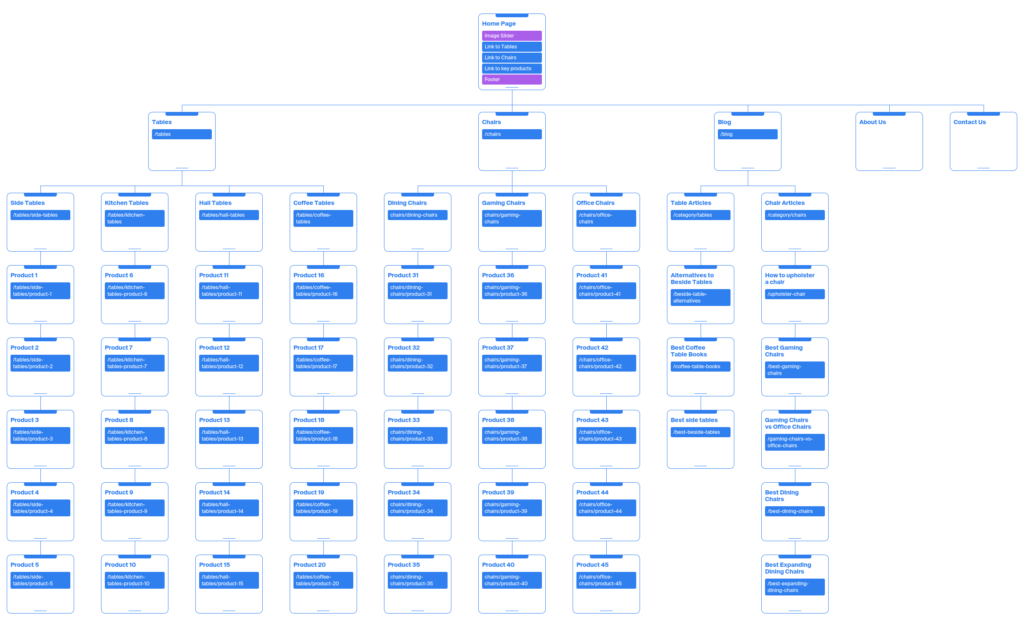
Generative Research is a form of qualitative research that employs observation and careful analysis to discover patterns in human behavior. The goal is to uncover unknowns about a person's preferences, lifestyle, and needs. This can help companies design solutions for customer problems or provide new and improved products.
Generative research is used most often in the early stages. A generative research project may include user interviews, focus groups, surveys, or surveys. While each method has its own pros and cons, a mix of these methods can be most useful in achieving the goal of uncovering real-world solutions to real-world problems. Organizations can get so wrapped up in designing products or services that they forget to examine the problem objectively. You can improve your chances of success with a little research.

One of the best ways to learn about your customers is to talk to them. You can gain invaluable insight into the behavior and attitudes of your customers by asking them open-ended questions. This will help you identify the areas you need to improve your product/service and allow you to make better business decisions.
It is possible to discover real-world solutions to customers' problems through generative research. Combining this method with an evaluation methodology will allow you to validate your current designs. Although it may not always be possible to implement a solution immediately, the insights that you gain can help guide your next steps in the design process.
You can conduct generative research in the form of a survey or an interview. Before you start, it's important to establish a methodology for your research and to recruit participants. Documenting your research will be essential, including notes, a written summary and a transcription of the interview. Zoom or tl/dv can be used for recording.
Also, generative research should have a purpose. One example of a generative research process is to discover a better method of communicating with customers, uncover hidden needs and improve existing products. Once you've identified your goals, it is time to research the market. It is important to identify your target audience before you can start a business and create new products.

Product development starts with research. You could end up with useless products, or worse, even canceled products if you don't take it seriously. If you have the right tools, the right people and the right information, you can uncover meaningful, actionable data that can be used in the rest of your design project. Whether you're working on a website or an app, this approach can help you to create products that meet your client's needs.
Evaluative research can be described as the opposite of generative research. Evaluative research can provide the same information about your customers, but it can be more challenging. You'll need to run a series usability tests in order to verify that your designs can be used.
FAQ
What is the cost of building a website?
The answer to that question depends on the purpose of your website. Google Sites may not be required if you simply want to provide information about yourself or your company.
You will likely need to spend more if you want to attract people to your site.
A Content Management System (like WordPress) is the best solution. These programs can be used to build a website quickly and easily without having to know any programming. You won't be hacked because these websites are hosted by third parties.
Another way to build a website is to use a service called Squarespace. The plans range from $5 per month up to $100 per month depending on what content you want to put on your site.
What is the best platform for creating a website design?
WordPress is the best platform for creating websites. It has all the features required to create a professional-looking website.
Themes are easy to install and customize. You can choose from thousands of free themes available online.
Plugins are another way to add functionality. They can do everything, from adding social buttons to creating contact pages to adding forms.
WordPress is very easy to use. You don't have to know HTML code to change your theme files. To change your theme files, all you have to do is click on an image and select the desired changes.
There are many other platforms, but WordPress is my favorite. It has been around for years, and is still in use by millions.
Can I use HTML & CCS to build my website?
Yes! If you've read this far, you should now know how to create a website.
Now that you know how to create the structure of a website, you'll also need to learn some HTML and CSS coding.
HTML stands to represent HyperText Markup Language. Think of it like writing a recipe for a dish. You would list ingredients, directions, etc. HTML is a way to tell a computer which parts are bold, underlined, italicized or linked to other parts of the document. It is the language of documents.
CSS stands for Cascading Stylesheets. It is like a stylesheet that you use to create recipes. Instead of listing each ingredient or instruction, you will write down the general rules for font sizes and spacing.
HTML tells a browser how to format a webpage; CSS tells a browser how to do it.
If you don't understand either of those terms, don't fret. Follow the tutorials and you will soon be creating beautiful websites.
Can I Use A Template Or Framework On My Website?
Yes! When creating websites, many people use pre-built templates. These templates include all of the code required to display the information on your webpage.
The following are some of our most-recommended templates:
WordPress - the most widely used CMS
Joomla – Another popular open-source CMS
Drupal - Drupal is an enterprise-level software that large organizations can use
Expression Engine – A Yahoo proprietary CMS
Hundreds of templates are available for each platform, so finding the right one should be easy.
Statistics
- When choosing your website color scheme, a general rule is to limit yourself to three shades: one primary color (60% of the mix), one secondary color (30%), and one accent color (10%). (wix.com)
- It's estimated that in 2022, over 2.14 billion people will purchase goods and services online. (wix.com)
- It enables you to sell your music directly on your website and keep 100% of the profits. (wix.com)
- In fact, according to Color Matters, a signature color can boost brand recognition by 80%. There's a lot of psychology behind people's perception of color, so it's important to understand how it's used with your industry. (websitebuilderexpert.com)
- It's estimated that chatbots could reduce this by 30%. Gone are the days when chatbots were mere gimmicks – now, they're becoming ever more essential to customer-facing services. (websitebuilderexpert.com)
External Links
How To
How do I get started as a UI Designer?
There are two routes to becoming a UI Designer:
-
You can also go to school and get a degree as UI Design.
-
You can go freelance.
For you to be able to finish school, you must attend college or university. This covers art, business, psychology, and computer science.
You can also enroll in classes at state universities or community colleges. Some schools offer tuition-free programs while others charge tuition.
You will need to find work after graduation. If you decide to work for yourself, it is important that you build your client base. It is vital to build a network of professionals so they are aware that you exist.
There are many opportunities to intern for companies that specialize on developing web applications. Many companies employ interns to gain practical experience before hiring full time employees.
You will find more jobs if you have a portfolio that showcases your work. You should have work samples and information about the projects you worked on in your portfolio.
It is a smart idea to send potential employers your portfolio via email.
As a freelancer, you will need to market yourself. You can advertise your services on job boards like Indeed, Freelance, Guru, or Upwork.
Many recruiters post job openings online and assign freelancers. These recruiters look for qualified candidates to fill specific positions.
These recruiters provide candidates with a project description that details the position's requirements.
A freelancer is not required to sign a long-term contract. You should negotiate an upfront payment if your goal is to move forward.
Many designers prefer to work directly and not through agencies. This may sound ideal but many people lack the skills.
Agency workers have a deep understanding of the industry in which they are working. They also have access special training and resources that help them produce high-quality work.
Agency workers often receive higher hourly rates in addition to these benefits.
You won't be able to get in touch with your employer directly if you work with an agency.
To succeed as a UI designer, you must be self-motivated, creative, organized, flexible, detail-oriented, analytical, and communicative.
It is also important to have great verbal and written communication skills.
UI designers are responsible to design websites using user interfaces (UI) as well as visual elements.
They also ensure that the site meets users' needs.
This means understanding the needs of visitors and how the site should work.
To create wireframes, UI designers can use a variety of tools. Wireframing helps them visualize the layout of a page before beginning their designs.
Online wireframe templates make it simple to create your own wireframes.
Some designers focus solely on UI design, while others combine UI design with graphic design.
Graphic designers use software such as Photoshop to edit images.
Adobe InDesign is then used to layout pages and layouts.
Photographers capture images using digital cameras or DSLRs.
They then upload the pictures to a photo editing program where they add text captions, filters, and other effects.
The photographer saves the image to a file compatible with the website.
It is important to take into consideration all aspects of the design process when building a website.
This includes research planning, wireframing and prototyping, as well as testing, coding, content generation, and publishing.
Research – Before starting any new project, it is important to conduct extensive research.
Planning - Once you've completed your research, you'll want to begin developing a plan.
Wireframing - A wireframe is a preliminary sketch of a web page or application.
Prototyping - Prototypes help ensure that the final product matches the initial vision.
Testing - It is important to test the prototype several times in order to make sure it works.
Coding: Coding is the process of writing code for computers.
Content Creation – This covers everything from creating copy to managing social accounts.
Publishing is the act of uploading files and making sure that the site can be accessed.
You will learn about various projects as a freelance UX/UI designer.
For example, some companies only require wire frames, whereas others require full prototypes.
Depending upon the type and scope of the project, you may be asked for specific tasks.
If you are hired to create wireframes for a company, you may be expected to produce several wireframes each time.
If you're required to build a complete prototype of a website, you may also be required to design a fully functional version.
Regardless of the type of project, it's important to have strong interpersonal skills.
Referrals are the most common way that clients hire freelancers. You must establish solid relationships with potential employers.
Furthermore, you should be able and able to communicate both verbally AND in writing.
A portfolio is an important component of any freelancers' arsenal.
It showcases your work and demonstrates your ability to deliver high-quality results.
You can take care of this by creating a professional portfolio online.
The best way to get started is to find websites similar to yours.
Next, search these sites to discover which site offers what services.
Once you identify what you think are the best practices, go ahead and adopt them.
You can also include links to your portfolio in your resume.